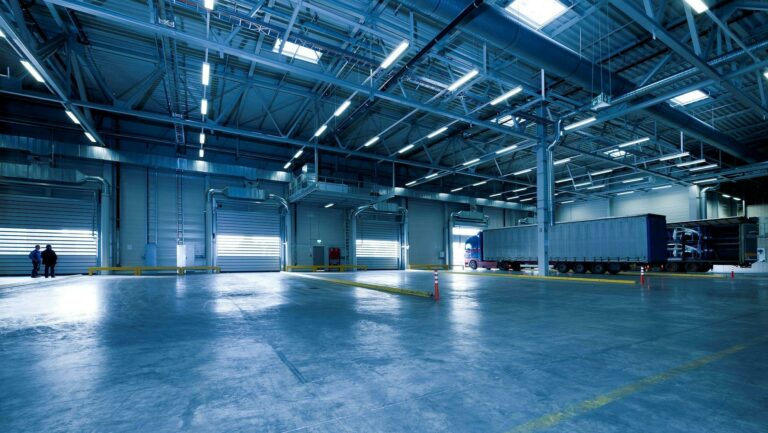HVAC Systems: Modern heating, ventilation, and air conditioning (HVAC) systems are designed to be highly energy-efficient. Technologies such as variable refrigerant flow (VRF), energy recovery ventilators (ERVs), and smart thermostats help optimize energy use while maintaining comfort.
Lighting: LED lighting has become the standard for energy efficiency in commercial buildings. LED lights use significantly less energy than traditional incandescent or fluorescent bulbs and have a much longer lifespan. Additionally, smart lighting systems that utilize sensors and automated controls can further reduce energy consumption by adjusting lighting based on occupancy and natural light availability.
Building Automation Systems (BAS): BAS integrate and automate various building systems, including HVAC, lighting, and security. These systems use sensors and advanced algorithms to optimize energy use, improve operational efficiency, and provide real-time data for facility managers.
Renewable Energy: Solar panels, wind turbines, and geothermal systems are increasingly being integrated into commercial buildings to harness renewable energy. These technologies reduce reliance on fossil fuels and lower greenhouse gas emissions.

